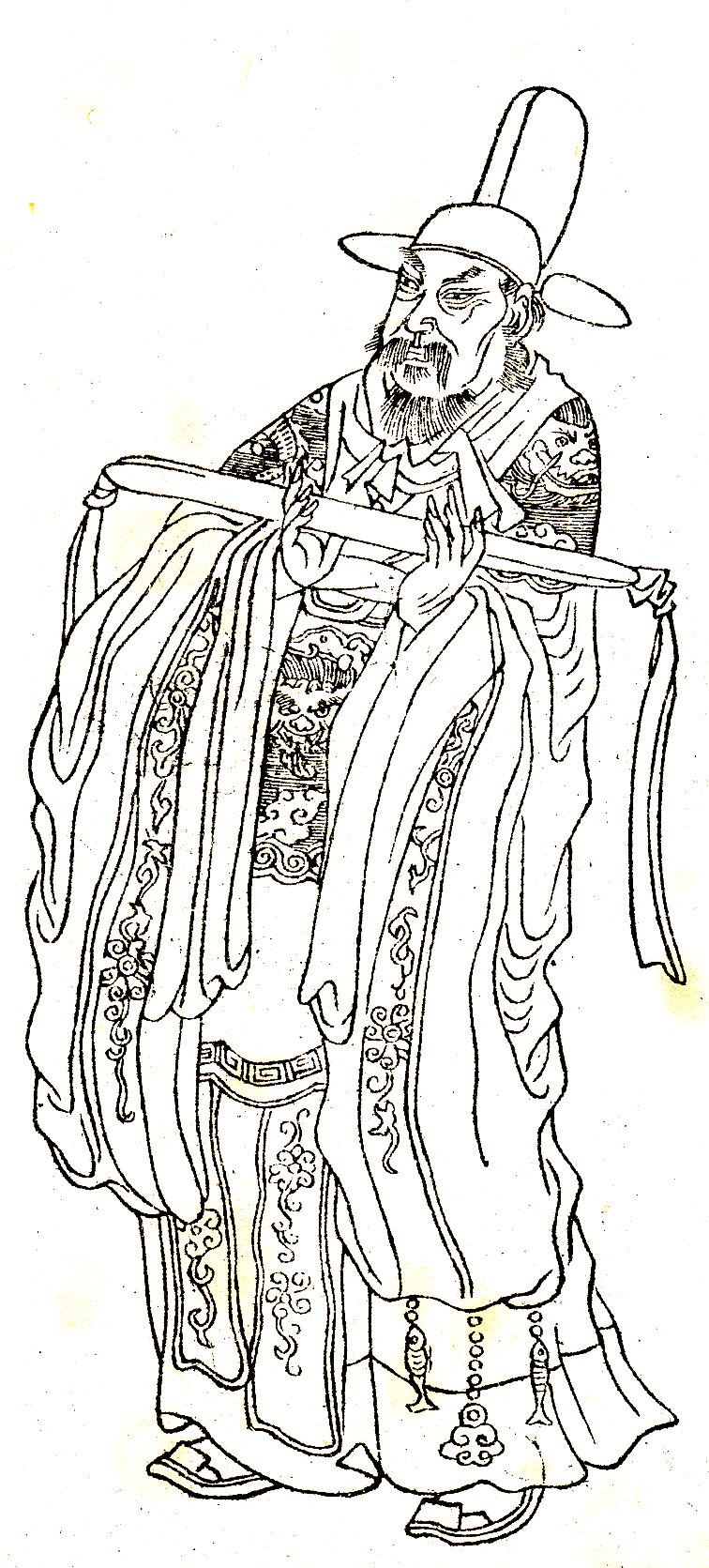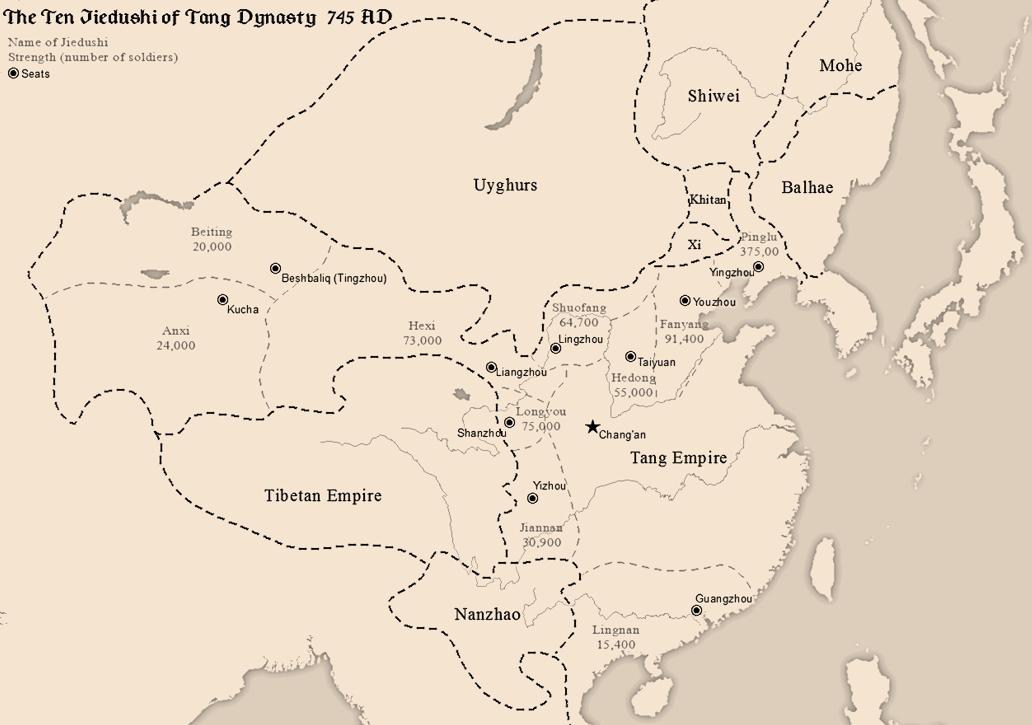|
Siege Of Suiyang
The siege of Suiyang () during the An Lushan Rebellion was a campaign for the city of Shangqiu#History, Suiyang by the rebel Yan (An–Shi), Yan army against the loyalist forces of the Tang dynasty, Tang army. Although the battle was ultimately won by the Yan army, it suffered attrition warfare, a major loss of manpower and time. The battle was noted for the Tang army's determination to fight to the last man, and also due to the large-scale cannibalism that occurred during the siege. Background The An Lushan Rebellion started in December 755. By the end of 756, the rebel Yan (An–Shi), Yan army had captured most of northern China, which then included both Tang capitals, Chang'an and Luoyang, and was home to the majority of the empire's population. The Yangtze River basin had thus become the main base of the Tang dynasty's war efforts. In January 757, the newly self-proclaimed Yan emperor An Qingxu ordered general () to join forces with general Yang Chaozong () and besiege ... [...More Info...] [...Related Items...] OR: [Wikipedia] [Google] [Baidu] |
An Lushan Rebellion
The An Lushan Rebellion was an uprising against the Tang dynasty of China towards the mid-point of the dynasty (from 755 to 763), with an attempt to replace it with the Yan dynasty. The rebellion was originally led by An Lushan, a general officer of the Tang military system. The event involved military activity and direct deaths from battle, but also significant associated population loss from famine, and population dislocations. The event is also known, especially in Chinese historiography, either as the An–Shi Rebellion or as the An–Shi Disturbances (). The use of the term ''luàn'' ("chaos") indicates the extreme social instability and population loss which eventually resulted, far beyond the initial consequences of the rebellion. Traditionally, Chinese family names have begun with the family name first. In this case the family name of the initial rebel leader is An. The term ''Ān-Shǐ'' is used to recognize that the rebellion continued after An Lushan's death, with ... [...More Info...] [...Related Items...] OR: [Wikipedia] [Google] [Baidu] |

